ketoprofen

ketoprofen structure
|
Common Name | ketoprofen | ||
|---|---|---|---|---|
| CAS Number | 22071-15-4 | Molecular Weight | 254.281 | |
| Density | 1.2±0.1 g/cm3 | Boiling Point | 431.3±28.0 °C at 760 mmHg | |
| Molecular Formula | C16H14O3 | Melting Point | 93-96°C | |
| MSDS | Chinese USA | Flash Point | 228.8±20.5 °C | |
| Symbol |

GHS06 |
Signal Word | Danger | |
Use of ketoprofenKetoprofen is a non-steroidal antiinflammatory agent, acting as a potent inhibitor of COX, with IC50s of 2 nM and 26 nM for COX-1 and COX-2 in human blood monocytes, respectively. |
| Name | ketoprofen |
|---|---|
| Synonym | More Synonyms |
| Description | Ketoprofen is a non-steroidal antiinflammatory agent, acting as a potent inhibitor of COX, with IC50s of 2 nM and 26 nM for COX-1 and COX-2 in human blood monocytes, respectively. |
|---|---|
| Related Catalog | |
| Target |
COX-1:2 nM (IC50, in human blood monocytes) COX-2:26 nM (IC50, in human blood monocytes) |
| In Vitro | Ketoprofen (Compound 2) is a non-steroidal antiinflammatory agent, acting as a potent inhibitor of COX, with IC50s of 2 nM and 26 nM for COX-1 and COX-2 in human blood monocytes, respectively[1]. |
| In Vivo | Ketoprofen (0.32-10 mg/kg, s.c) dose-dependently inhibits acid-induced depression of nesting (IC50, 2.05 mg/kg), and reverses CFA-induced such depression at 0.1-10 mg/kg, with an IC50 of 0.18 mg/kg in mice[2]. |
| Animal Admin | First, Ketoprofen (0.1-1.0 mg/kg) and morphine (0.1-1.0 mg/kg) are evaluated for their effectiveness to block U69,593-induced depression of nesting. For these studies, Ketoprofen or morphine is administered 30 min before nesting, 1.0 mg/kg U69,593 is administered 15 min before nesting, and each set of conditions is tested in a group of six mice[2]. |
| References |
| Density | 1.2±0.1 g/cm3 |
|---|---|
| Boiling Point | 431.3±28.0 °C at 760 mmHg |
| Melting Point | 93-96°C |
| Molecular Formula | C16H14O3 |
| Molecular Weight | 254.281 |
| Flash Point | 228.8±20.5 °C |
| Exact Mass | 254.094299 |
| PSA | 54.37000 |
| LogP | 2.81 |
| Vapour Pressure | 0.0±1.1 mmHg at 25°C |
| Index of Refraction | 1.592 |
CHEMICAL IDENTIFICATION
HEALTH HAZARD DATAACUTE TOXICITY DATA
MUTATION DATA
|
| Symbol |

GHS06 |
|---|---|
| Signal Word | Danger |
| Hazard Statements | H301-H315-H319-H335 |
| Precautionary Statements | P261-P301 + P310-P305 + P351 + P338 |
| Personal Protective Equipment | Eyeshields;Faceshields;Gloves;type P2 (EN 143) respirator cartridges |
| Hazard Codes | T: Toxic; |
| Risk Phrases | R25;R36/37/38 |
| Safety Phrases | S26-S45-S36/37/39 |
| RIDADR | 2811 |
| RTECS | UE7570000 |
| Packaging Group | III |
| Hazard Class | 6.1(b) |
| HS Code | 2916392000 |
| Precursor 8 | |
|---|---|
| DownStream 9 | |
| HS Code | 2918300090 |
|---|---|
| Summary | 2918300090 other carboxylic acids with aldehyde or ketone function but without other oxygen function, their anhydrides, halides, peroxides, peroxyacids and their derivatives。Supervision conditions:None。VAT:17.0%。Tax rebate rate:9.0%。MFN tariff:6.5%。General tariff:30.0% |
|
Cheminformatics analysis of assertions mined from literature that describe drug-induced liver injury in different species.
Chem. Res. Toxicol. 23 , 171-83, (2010) Drug-induced liver injury is one of the main causes of drug attrition. The ability to predict the liver effects of drug candidates from their chemical structures is critical to help guide experimental... |
|
|
Translating clinical findings into knowledge in drug safety evaluation--drug induced liver injury prediction system (DILIps).
J. Sci. Ind. Res. 65(10) , 808, (2006) Drug-induced liver injury (DILI) is a significant concern in drug development due to the poor concordance between preclinical and clinical findings of liver toxicity. We hypothesized that the DILI typ... |
|
|
Convenient QSAR model for predicting the complexation of structurally diverse compounds with β-cyclodextrins
Bioorg. Med. Chem. 17 , 896-904, (2009) This paper reports a QSAR study for predicting the complexation of a large and heterogeneous variety of substances (233 organic compounds) with beta-cyclodextrins (beta-CDs). Several different theoret... |
| 2-(3-benzoyl-phenyl)propionic acid |
| Ketoprophene |
| Ketopron |
| UNII:90Y4QC304K |
| Epatec |
| Lertus |
| Ketoprofen |
| Dexal |
| Menamin |
| Meprofen |
| Fastum |
| MFCD00055790 |
| racemic-Ketoprofen |
| Orugesic |
| Iso-K |
| Oscorel |
| 2-(m-Benzoylphenyl)propionic acid |
| Oruvail |
| Toprec |
| Racemic Ketoprofen |
| Toprek |
| 2-(3-Benzoylphenyl)propanoic acid |
| Kefenid |
| Ketoflam |
| Orudis |
| Benzeneacetic acid, 3-benzoyl-α-methyl- |
| benzeneacetic acid, 3-benzoyl-a-methyl- |
| ru4733 |
| EINECS 244-759-8 |
| Enantyum |
| (±)-Ketoprofen |
| Topre |
| 2-(3-benzoylphenyl)propionic acid |
| aneol |
 CAS#:216019-59-9
CAS#:216019-59-9 CAS#:63444-57-5
CAS#:63444-57-5 CAS#:7664-93-9
CAS#:7664-93-9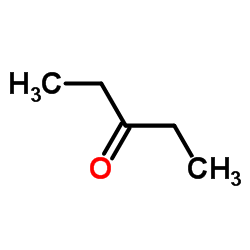 CAS#:96-22-0
CAS#:96-22-0 CAS#:201230-82-2
CAS#:201230-82-2 CAS#:69355-34-6
CAS#:69355-34-6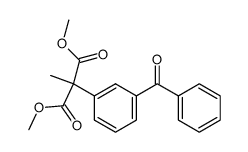 CAS#:80078-36-0
CAS#:80078-36-0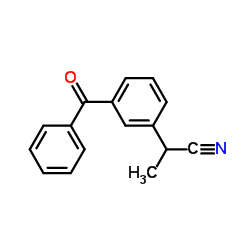 CAS#:42872-30-0
CAS#:42872-30-0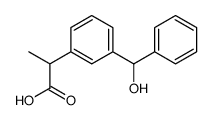 CAS#:59960-32-6
CAS#:59960-32-6 CAS#:586-42-5
CAS#:586-42-5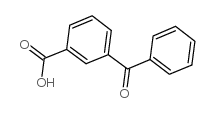 CAS#:579-18-0
CAS#:579-18-0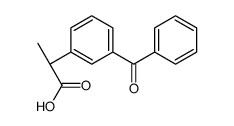 CAS#:56105-81-8
CAS#:56105-81-8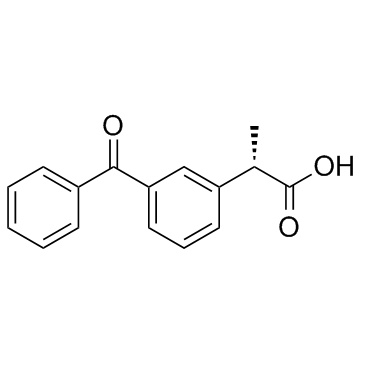 CAS#:22161-81-5
CAS#:22161-81-5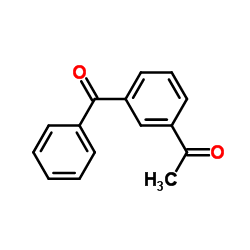 CAS#:66067-44-5
CAS#:66067-44-5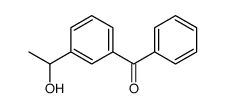 CAS#:67173-18-6
CAS#:67173-18-6![[3-(1-chloroethyl)phenyl]-phenylmethanone structure](https://image.chemsrc.com/caspic/449/126489-64-3.png) CAS#:126489-64-3
CAS#:126489-64-3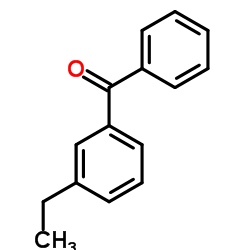 CAS#:66067-43-4
CAS#:66067-43-4
